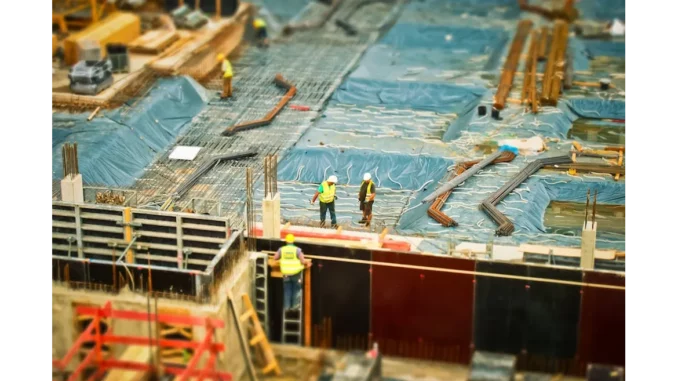
The release of the Grenfell Tower Inquiry’s Phase 2 Report on 4 September 2024 has reverberated through the UK construction industry, sparking widespread concern and reflection. This extensive 1,700-page document delivers a harsh critique of systemic failures across various sectors, including government bodies, construction firms, and fire safety organisations. Seven years after the tragic fire that claimed 72 lives, the report not only highlights a widespread culture of blame-shifting but also proposes a series of recommendations aimed at fundamentally reshaping the regulatory framework governing high-rise buildings.
Focus360 Energy: property compliance services – pre-planning to post-construction. Learn more.
At the heart of the report lies a scathing assessment of the fragmented regulatory system currently governing high-rise structures. The inquiry particularly criticises the government’s failure to update statutory guidance, notably Approved Document B, finding it inadequately worded and ill-suited for ensuring fire-safe designs. This fragmentation, compounded by the involvement of multiple government departments, has resulted in inefficiencies and ineffective regulation. Moreover, the report underscores a pervasive lack of technical competence among those involved in the construction and refurbishment of high-rise buildings. Many personnel were found lacking the necessary experience or qualifications, exhibiting a concerning disregard for fire safety. This deficiency in expertise was especially apparent in the selection of construction materials.
Compounding these issues, the industry’s attempts at self-regulation have proven largely ineffective. Different testing bodies employed varying criteria for assessing materials, allowing manufacturers to manipulate testing processes and data, often concealing the fire risks associated with their products. Certification bodies frequently failed to scrutinise the information provided by manufacturers, prioritising commercial interests over their regulatory responsibilities. The inquiry’s findings highlight the urgent need for a more robust and consistent regulatory approach to ensure the safety and integrity of high-rise buildings.
In response to these systemic failings, the report offers 59 recommendations designed to address the shortcomings that contributed to the Grenfell tragedy. Among the key proposals is the establishment of a unified “construction regulator” to oversee all aspects of construction safety. This regulator would report to a newly appointed Secretary of State for Fire Safety, thereby consolidating government responsibility into a single department. The report also calls for an urgent review of statutory guidance, particularly Approved Document B, with input from both academia and industry experts. This guidance should be subject to continuous review to keep pace with technological advancements and maintain a strong focus on fire safety.
To enhance competence and accountability, the report recommends introducing a licensing system for contractors and architects working on higher-risk buildings. This would necessitate that professionals meet specific qualifications and possess a thorough understanding of fire safety regulations. Additionally, the report suggests that fire engineers should become part of a formally recognised and regulated profession. A significant recommendation also includes the mandatory submission of a fire safety strategy by a registered fire engineer with building control applications for high-risk buildings, ensuring ongoing compliance and safety by requiring this strategy to be reviewed and resubmitted at the completion stage.
The report further advocates for standardised and rigorous testing procedures, with evaluations conducted under real-life conditions for high-rise buildings. The proposed construction regulator would be tasked with assessing the conformity of construction products and issuing relevant certificates. Manufacturers would be required to provide a full history of their products’ testing and make results publicly available, thereby enhancing transparency and accountability within the industry.
The government has committed to providing a response within six months, which may include potential prosecutions and reforms to the construction products industry. Plans to introduce a new Residential Personal Emergency Evacuation Plan policy and compel freeholders to assess and remediate unsafe buildings are also under consideration. Should these recommendations be adopted, the construction industry is poised to undergo significant changes. A revised definition of “higher-risk buildings” could bring many more structures under enhanced regulatory scrutiny, potentially impacting the viability of future developments. New accreditation and licensing requirements would necessitate a comprehensive overhaul in the training and regulation of industry professionals.
The Grenfell Tower Inquiry’s Phase 2 Report presents a detailed blueprint for reforming the UK’s construction industry. While the government is not mandated to implement all recommendations, the pressure for transformative change is palpable. The industry must remain vigilant in monitoring the government’s response and prepare for a potentially significant shift in regulatory practices that could redefine safety standards and industry accountability.


Be the first to comment